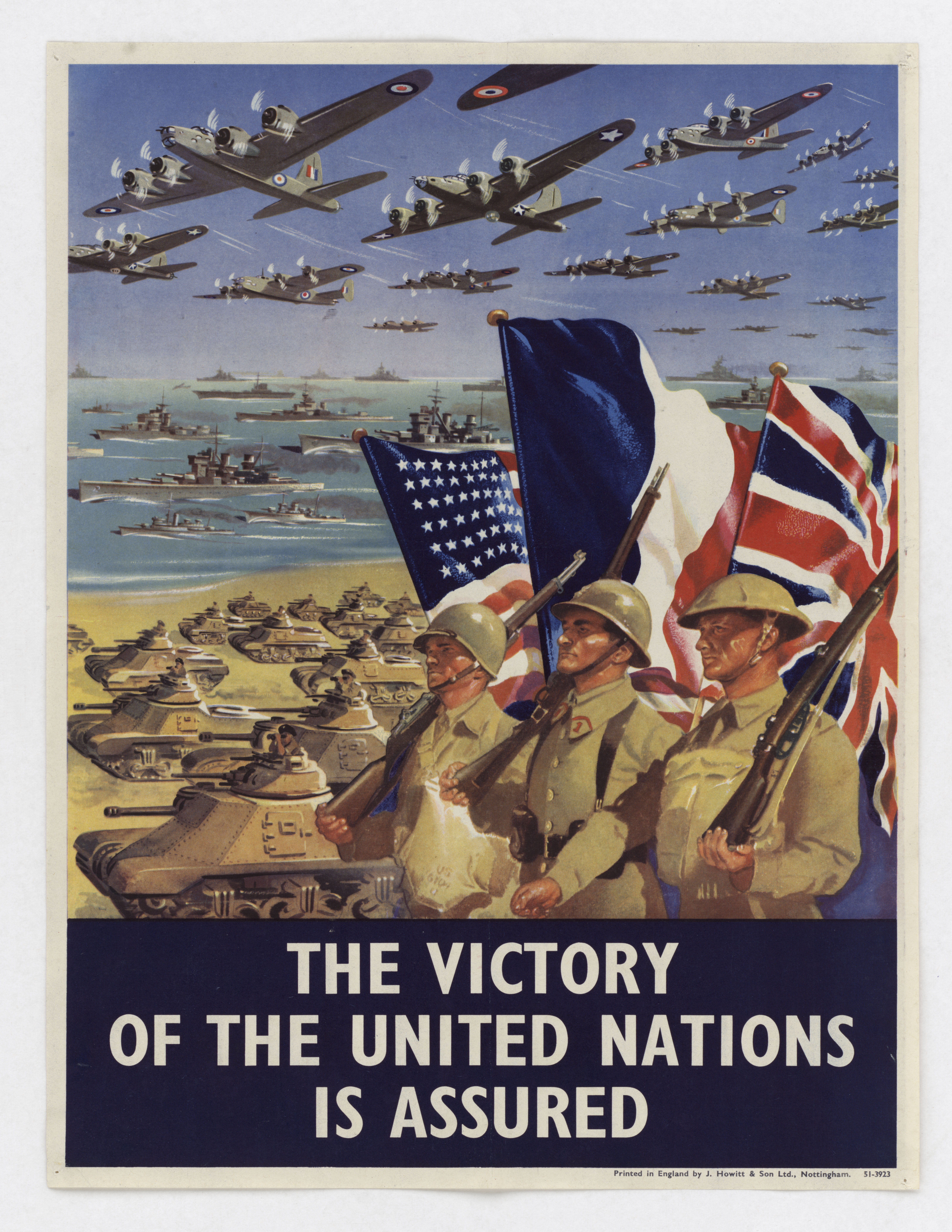“Looking for the Good War”: American Amnesia and the Violent Pursuit of Happiness
By Elizabeth D. Samet. 368 pp. Farrar, Straus and Giroux, 2021. $28.
Most Americans embrace a feel-good image of World War II, one in which the United States and its “Greatest Generation” fought a global war for human freedom that destroyed three indisputably evil totalitarian regimes and paved the way for the establishment of a better world. This notion contains much truth, enough to endure all these decades later, and appeals to our tendency to fixate on the positive aspects of this seminal conflict. But, perhaps inevitably and understandably, some — like Elizabeth D. Samet, author of “Looking for the Good War” — have pushed back against the mainstream narrative.
Carrying on in the iconoclastic tradition of revisionist historians such as Michael C. C. Adams and Paul Fussell, Samet, a professor of English at the United States Military Academy, wields a relentless literary sledgehammer against the gauzy “good war” myths that have long prevailed in American popular culture. Moreover, she argues that American misinterpretations of World War II have contributed to dysfunctional postwar domestic, foreign and military policies. These misapprehensions, in turn, have played a key role in numerous military missteps from Vietnam to Afghanistan.
GET HISTORY’S GREATEST TALES—RIGHT IN YOUR INBOX
Subscribe to our HistoryNet Now! newsletter for the best of the past, delivered every Monday and Thursday.
Samet contends that our cultural mythology about World War II matters a great deal, as it fosters a misbegotten sense of American exceptionalism that remains problematic in the 21st century. Its tendency to sanitize the war’s ugliness has led to a fundamental misunderstanding of war itself, and thus a strong propensity to solve problems through violence — almost in a conscious imitation of what ostensibly worked so well in World War II.
Samet is a literary critic, not a military historian. As such, to make her case, she focuses her argument on the cultural milieu of novels, movies and, occasionally, works of history: “Myths grant life and take it away, give birth to nations and tear them apart,” she reflects in a thoughtful prologue. Five sizable chapters follow, each of which eviscerates some aspect of America’s triumphalist World War II-based popular culture in favor of the seamy, unappealing underside of distorted propaganda, moral dilemmas, misogyny, wanton misbehavior, Jim Crow racism and veterans’ postwar struggles. The book ends with an annotated bibliographical discussion of relevant films and books. (Oddly, there is no index, an omission that detracts from the book’s use as a reference source.) She avoids the nuts and bolts of statecraft, strategic decision-making, operations and the like.
Samet unapologetically skewers anyone whom she feels has played a role in promoting a distorted, sentimental view of World War II. Her list even includes such luminaries as filmmaker Steven Spielberg, though he has arguably done more than any other individual to enhance viewers’ cinematic understanding of World War II combat and the Holocaust. Nonetheless Samet sees him as a sentimental moralist for his supposedly simplistic pro-Allied outlook. Her greatest barbs are reserved for Stephen Ambrose and Tom Brokaw: the former due to his unambiguous promotion of an American good warrior “citizen soldier image,” the latter for creating the “Greatest Generation” milieu that predominates in American culture.
Quite understandably, fans of Spielberg, Ambrose and Brokaw might be put off by Samet’s relentless attacks on their work. But make no mistake, “Looking for the Good War” is a polemic, and unapologetic opprobrium is a coin of the realm for this kind of scathing critique. Like Adams and Fussell before her, Samet’s perspective is valuable, its overdue myth-busting making the book an important contribution to our understanding of America in World War II. By their very nature, though, polemics tends to be myopic and sometimes overly vituperative, and “Looking for the Good War” is no different.
Some readers may view it as a cheap shot at the World War II generation; others will take its provocative arguments to heart. That said, it will probably appeal more to scholars than general readers. If so, this would be ironic because — if Samet’s arguments are to be believed — the latter are precisely the audience that she’d argue could most benefit from reading her work.
— John C.McManus is Curators’ Distinguished Professor of U.S. Military History at Missouri University of Science and Technology. His most recent book is Island Infernos: The U.S. Army’s Pacific War Odyssey, 1944 (2021).
Originally published in World War II in June 2022.





